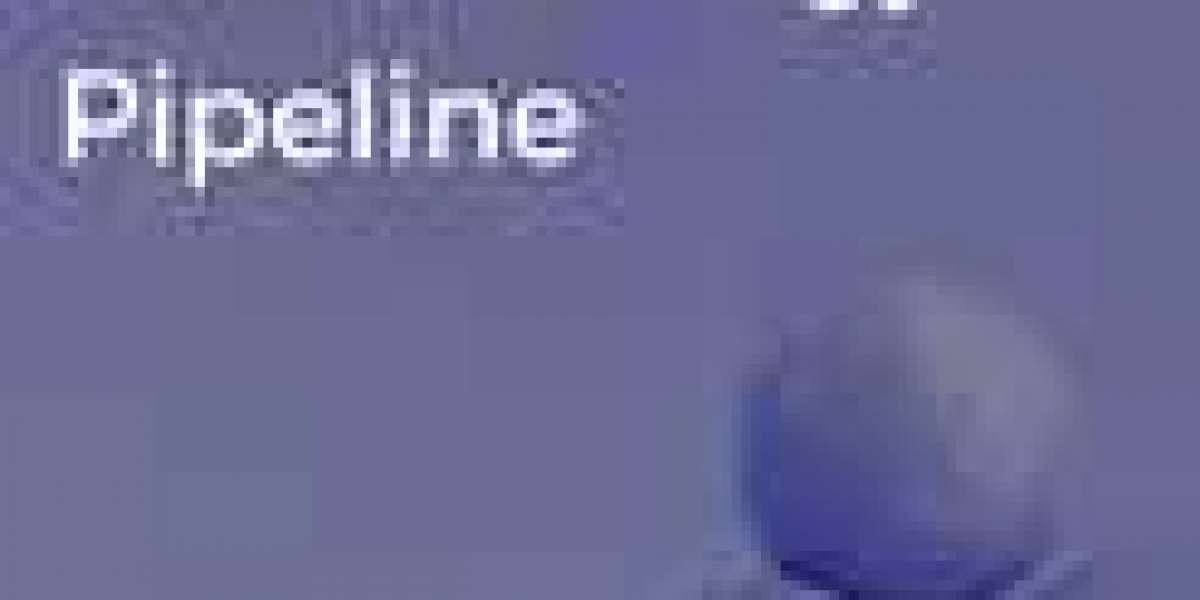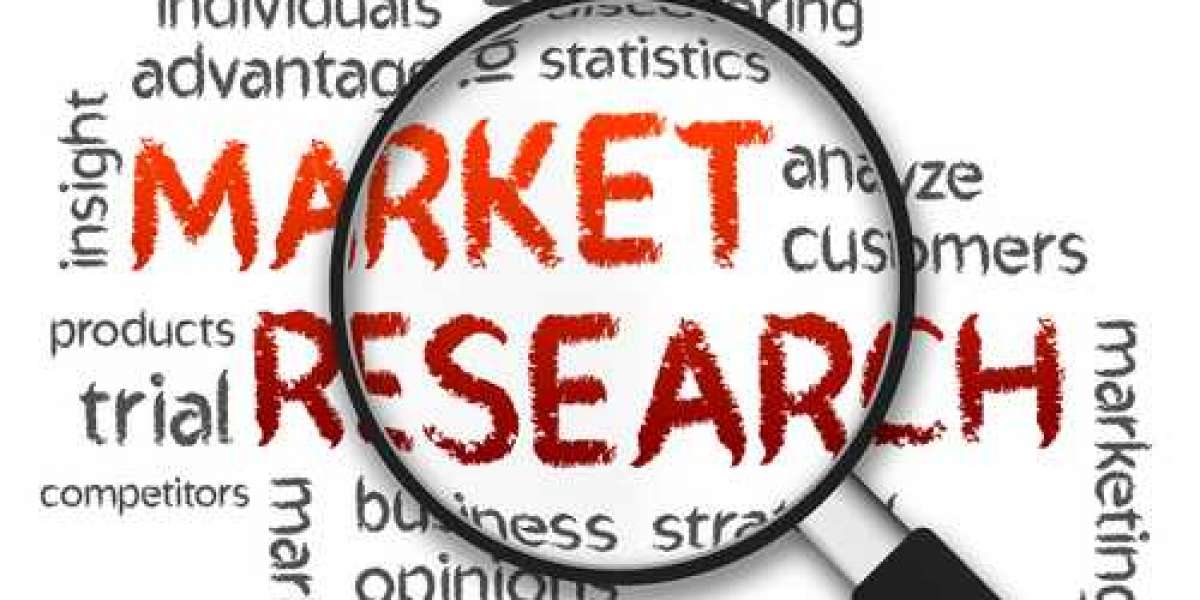Pollen allergy, more commonly known as hay fever, is one of the most widespread allergic conditions worldwide. It happens when the immune system misinterprets pollen from trees, weeds, or grasses as a harmful substance. This mistake triggers a series of immune reactions that lead to sneezing, congestion, itchy eyes, watery nose, and even skin irritation. To make sense of how the condition develops, researchers often describe it as the Pollen Allergy Pipeline—a step-by-step process that begins in the environment and ends in the human immune system.
Stage 1: Pollen in the Environment
The journey starts when plants release pollen into the air as part of their reproductive cycle. Wind carries these grains across different landscapes, sometimes spreading them many miles from their source. Environmental factors such as weather, temperature, rainfall, and humidity determine how widely pollen travels and how long it lingers in the atmosphere. Dry, breezy conditions often create the highest pollen counts, which explains why allergy sufferers notice stronger symptoms in such weather.
Stage 2: Entry into the Human Body
Airborne pollen particles often enter through the nose, eyes, or respiratory tract. In people without allergies, the immune system ignores these proteins. But in those who are sensitive, the body mistakenly treats pollen as a threat. Specialized cells capture pollen fragments and present them to T helper cells, which then stimulate the production of antibodies called IgE. These antibodies attach to mast cells, “priming” them for future encounters.
The next time pollen enters, mast cells release chemicals such as histamine. This causes swelling in nasal tissues, mucus buildup, coughing, watery eyes, and sneezing. These are the hallmark symptoms of hay fever. Current Pollen Allergy Clinical Trials are studying how to interrupt this sequence and prevent symptoms from becoming severe.
Intervention at Multiple Levels
Because the pipeline involves both environmental exposure and immune miscommunication, interventions can be introduced at several points.
Environmental Strategies: Cities can reduce allergenic plant species in urban landscaping, design green barriers to capture pollen before it enters communities, and issue reliable pollen forecasts.
Personal Habits: Wearing masks or sunglasses outdoors, limiting outdoor activities on high-pollen days, showering after time outside, and using indoor air filters can all reduce exposure.
Medical Management
Traditional treatments aim to ease symptoms. Antihistamines block histamine release, corticosteroid sprays reduce nasal swelling, and decongestants help with breathing. Immunotherapy goes further by exposing patients to small, controlled doses of pollen allergens over time, retraining the immune system to become less reactive.
Research is now moving toward precision therapies. Scientists are testing Pollen Allergy Emerging Drugs that directly target molecules or pathways in the immune response. These therapies could provide stronger results with fewer side effects than current medications.
The Role of Technology and Biotechnology
New technologies are transforming how pollen allergies are monitored and managed. Automated sensors, satellites, and mobile apps now provide real-time pollen tracking, allowing patients to adjust their daily activities more effectively. Biotechnology is also offering innovative options: researchers are working on hypoallergenic plant strains and biologic therapies that block the exact molecules responsible for allergy symptoms. Leading Pollen Allergy Companies are actively developing these approaches, combining environmental science with cutting-edge medicine.
Public Health and Policy
Policy and education add another crucial layer of protection. Governments can regulate planting strategies in public spaces, schools can adopt preventive practices, and public health agencies can run awareness campaigns. Workplaces and homes can improve indoor air quality by maintaining air filtration systems and reducing outdoor pollen infiltration. Together, these strategies strengthen overall Pollen Allergy Treatment and improve quality of life for those affected.
A Continuous Feedback Loop
The pollen allergy pipeline functions as more than a straight chain of events—it is a feedback system. Each allergy season provides new information about pollen counts, geographic spread, and patient symptoms. This data shapes future research priorities, informs public health decisions, and supports the design of new treatments.
By seeing pollen allergy as a dynamic cycle, it becomes clear that progress relies on collaboration. Doctors, researchers, ecologists, urban planners, and policymakers all contribute to solutions. With ongoing scientific advances and community awareness, the future holds promise for making pollen allergy less disruptive and more manageable.
Latest Reports Offered by Delveinsight:
Cart-related Neurotoxicity Market | Eosinophilia Market | Interbody Cages Market | Mammography Devices Market | Moderate Psoriasis Market | Pelvic Organ Prolapse Market | Phenylketonuria Market | Skin Burns Market | Transfusion-dependent Thalassaemia Market | Cancer Vaccines Market | Cardiac Monitoring System Market | Celiac Disease Market | Desmoplastic Small Round Cell Tumors Dsrcts Market | Esophageal Cancer Market | Fetal And Neonatal Monitoring Devices Market Market | Gender Dysphoria Market | Her3 Market | Hernia Repair Devices Market | Neurofibroma Market | Non Alcoholic Fatty Liver Disease Nafld Market | Nosocomial Infections Market | Oxygen Hyperbaric Oxygen Equipment Market | Parkinson’s Disease Market | Phototherapies For Psoriasis Market | Spinal Cord Stimulators Market | Tbi Market | Vascular Graft Devices Market | Vulvar Cancer Market
About DelveInsight
DelveInsight is a trusted provider of life sciences and pharmaceutical market research and consulting, offering actionable insights that empower organizations to make informed decisions. With a commitment to delivering strategic intelligence, DelveInsight serves as a key partner to global pharmaceutical, biotechnology, and healthcare companies looking to excel in an evolving market landscape.
Contact Us
Kanishk
Email: kkumar@delveinsight.com








